ONE HUNDRED YEARS OF
U.S. NAVY
AIR POWER
ONE HUNDRED YEARS OF
U.S. NAVY
AIR POWER
Edited by
Douglas V. Smith
NAVAL INSTITUTE PRESS
Annapolis, Maryland
The latest edition of this work has been brought to publication with the generous assistance of Marguerite and Gerry Lenfest.
Naval Institute Press
291 Wood Road
Annapolis, MD 21402
2010 by Douglas V. Smith
All rights reserved. No part of this book may be reproduced or utilized in any form or by any means, electronic or mechanical, including photocopying and recording, or by any information storage and retrieval system, without permission in writing from the publisher.
ISBN 978-1-61251-423-9 (eBook)
The Library of Congress has cataloged the hardcover edition as follows:
One hundred years of U.S. Navy air power / edited by Douglas V. Smith.
p. cm.
Includes bibliographical references and index.
1. United States. NavyAviationHistory. I. Smith, Douglas V. (Douglas Vaughn), 1948- II. Title:
One hundred years of United States Navy air power.
VG93.O54 2010
359.940973dc22
2010034231
 Print editions meet the requirements of ANSI/NISO z39.48-1992 (Permanence of Paper).
Print editions meet the requirements of ANSI/NISO z39.48-1992 (Permanence of Paper).
14 13 12 11 10 9 8 7 6 5 4 3 2
First printing
All photographs are courtesy of the U.S. Naval Institute Photo Archive unless otherwise credited.
This work is dedicated to THOSE who have worn the Wings of Gold, Navy Wings of Silver, and THOSE who have supported them in the air, on the ground, and in their homes;
Professor Emeritus GEORGE W. BAER, who so graciously allowed us to use the title for his award-winning book, One Hundred Years of Sea Power, as an inspiration for our own;
JOYCE I. MILLER, who has been an inspiration and mentor to us all.
CONTENTS
I am indeed honored to have been asked to help kick off the Centennial Year of U.S. Navy Aviation by sharing a few insights on Navy aviations proud history. As a Navy pilot who has shared the thrills and the agonies of defending our nation in the air, I am happy to congratulate those who wear, or have worn, the Wings of Gold, and I salute the thousands of dedicated men and women in and out of uniform who keep them in the air. Americas citizens owe a great debt to all who pioneered Navy aviation and brought it to such a prominent position in the nations arsenal.
In looking back over the past century, it is incredible to see how far aviation technology has come. Within the span of one human lifetime, we have seen remarkable progress from Navy pilot Eugene Elys first carrier landing in a fragile Curtiss pusher biplane in 1911, to Navy aviator Alan Shepards footsteps on the moon only six decades later! I believe that Americas birthrights of freedom and liberty have been in large part secured through air power. One of the first questions I always asked as Commander-in-Chief when American interests were threatened around the globe was Where are our aircraft carriers? The ability to project power from the seafree from the restrictions of international political maneuveringhas repeatedly played a key part in crisis management and in securing vital U.S. interests.
Some of my fondest memories are of my years as a young Navy pilot, flying off USS San Jacinto during World War II, and of the other pilots, aircrewmen, and ships company who shared the experience of flying aircraft in harms way. My combat missions were marked by both triumph and tragedy, but I never felt more like a patriot than when I carried Americas flag into battle in pursuit of a just cause.
You can imagine the pride I felt in January 2009 when I participated in the commissioning of the remarkable new nuclear-powered aircraft carrier that bears my name. I said at the time: Make no mistake, the work aboard this ship will be routinely difficult and sometimes dangerous. But the freedom we seek and the peace we desire can only be found in the countless sacrifices you will make in everyday tasks you will perform.
It is particularly appropriate that this book, dedicated to the Navy aviators courage, incredibly close ties to comrades in arms, sense of duty in the face of death, and loyalty to our great nation, is being published during Navy Aviations Centennial celebration. It tells a tale rife with courage and sacrifice, dangerous experimentation and awe-inspiring innovation, tenacity, and dedication. It involves wondrous technologies that include the exhilaration of jet propulsion, the agility of rotary wings, and the iconoclastic ventures of lighter-than-air. Most of all, it is a human drama with far-reaching implications into the shaping of world events and the ultimate success of our great democratic experiment. The book is also, in a very real sense, a tribute to the military families who served quietly in their own way, through countless hours of separation and anxiety, praying for the safe return of their champions.
My life has been blessed with many wonderful experiences, but few rival my days in uniform with the United States Navy. All my best wishes as you celebrate 100 years of U.S. Navy air power!

GEORGE H. W. BUSH
Lieutenant, U.S. Navy Reserve
T he authors would all like to express our sincere thanks to President George Herbert Walker Bush, forty-first President of the United States, not only for providing the foreword for this book, but for his gallant service as a pilot wearing the Navy Wings of Gold in World War II in the Pacific. We thank President Bush as well for saluting all those who have worn or now wear the Wings of Gold, those who have kept and continue to keep them in the air, and those who, past and present, have kept the home fires burning while awaiting their return.
We would also like to thank Mr. Danny Pietrodangelo and his associate, Ms. Dale Harness, of Pietrodangelo Production Group in Tallahassee, Florida, for their excellent photo research and photo editing work for this project.
Dr. Al Nofi would like to add his thanks to Admiral James Hogg, USN (Ret.), and his shipmates from the CNOs Strategic Studies Group, 20012005; as well as the staff of the Naval War College Library and the Naval War College Archives; Editor Emeritus of the Naval War College Review, Frank Uhlig; and Dr. Thomas Hone, without whom his chapter and this entire book would not have been possible.
I add my thanks to all of these, but especially to Tom Hone, who helped envision this project.
Capt. John Jackson, SC USN (Ret.) would like to extend his thanks to Vice Admiral Charles E. Rosendahl, USN (Ret.), who commanded all Navy airships in World War II and was the commanding officer at Naval Air Station Lakehurst the night the German Zeppelin Hindenburg crashed. Johns meeting and discussions with Vice Admiral Rosendahl provided fascinating details of the age of airships. John also thanks his loving wife, Valerie, for her untiring support and encouragement of all that he does.
Next page




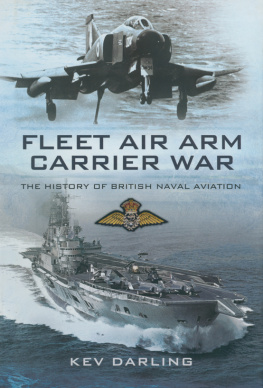
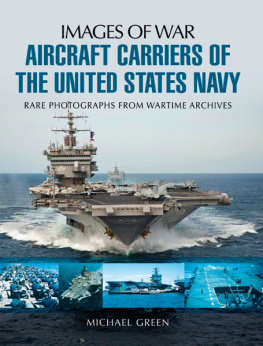

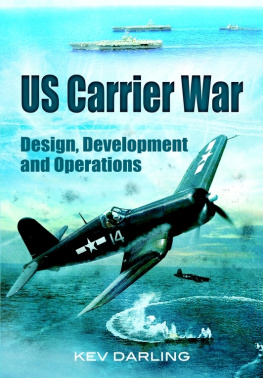

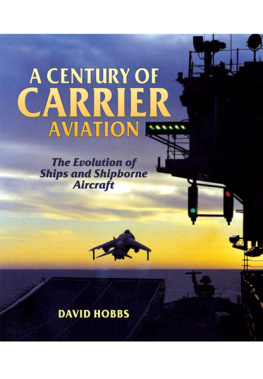
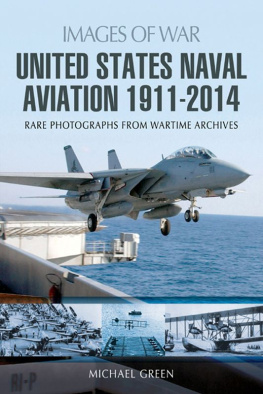

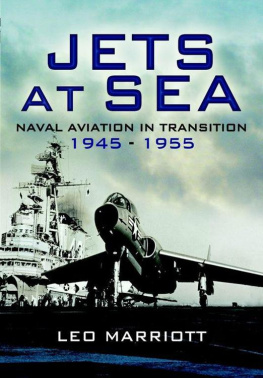
 Print editions meet the requirements of ANSI/NISO z39.48-1992 (Permanence of Paper).
Print editions meet the requirements of ANSI/NISO z39.48-1992 (Permanence of Paper).